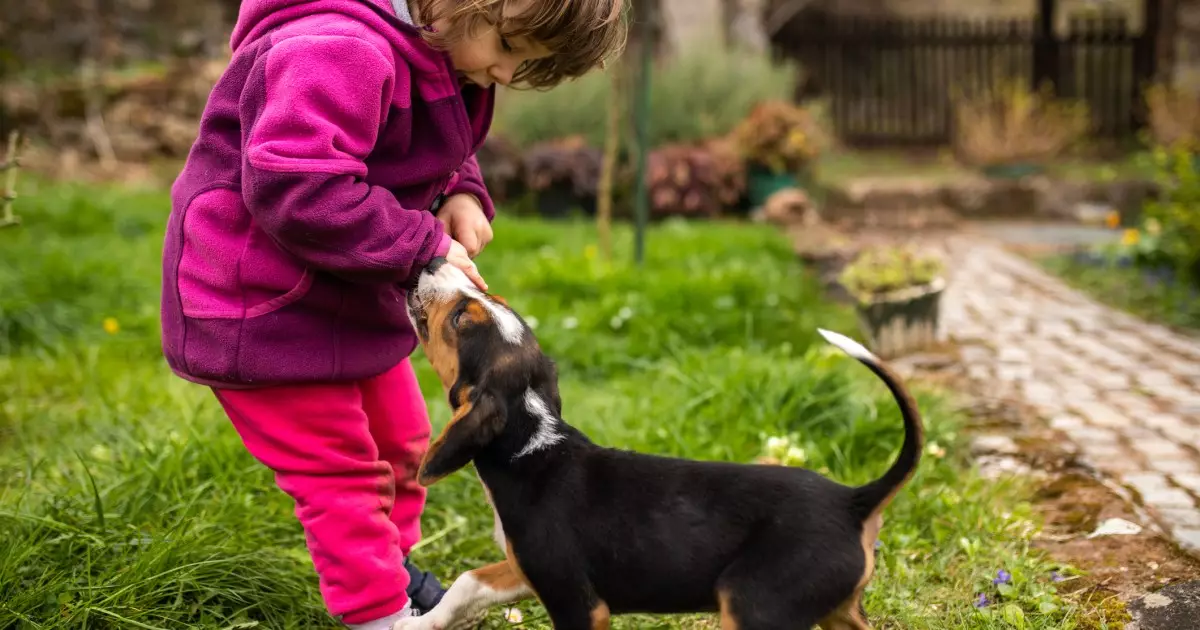Animal bites can come as an unexpected and painful shock. From a sweet family pet or an unfamiliar stray, bites can vary significantly in severity and implications. It’s crucial not just to comprehend why bites may occur but also to learn the appropriate first-aid responses and preventative measures.
The mouth of a pet serves numerous functions beyond merely consuming food. Dogs and other animals utilize their mouths for exploration, communication, and expression of needs or discomfort. When they exhibit undesired biting behavior, it can lead to wounds that range from superficial scratches to more profound, potentially serious injuries. Understanding that a pet’s mouth is multifunctional can help pet owners be more aware of the situations that might lead to an animal bite, fostering better interactions between humans and their furry companions.
Bite wounds can be categorized based on their severity. Minor bites may only graze the skin, while more serious wounds can puncture deeply, damaging tissues and leading to bleeding. Animal saliva carries bacteria that heightens the risk of infection, making it imperative to treat all bite wounds with utmost seriousness, regardless of their initial appearance. Appropriately responding to a bite can significantly affect healing and prevent complications.
For minor bites, the basic first-aid procedure involves thoroughly cleansing the area with soap and water, drying it gently, applying an antibiotic ointment, and protecting the wound with a bandage. In contrast, severe bites demand immediate medical attention. If the bite has drawn blood or is more than a superficial cut, applying pressure to stem the bleeding is critical while seeking professional healthcare. More serious interventions, such as stitches or antibiotics, may be warranted.
What if your pet falls victim to a bite? Safety first: muzzle your pet if necessary to prevent reflexive biting in response to pain. Next, a careful examination of the wounded area is needed. Trim any hair obstructing visibility and flush the wound with lukewarm water. After drying the area, applying an antibiotic ointment and covering it appropriately will help mitigate infection risks.
For wounds that appear more complex or life-threatening, including those around vital organs like the throat or abdomen, prompt veterinary assistance is essential. Internal bleeding could remain hidden, so close monitoring for signs such as pale gums or unusual behavior is vital.
Both humans and animals exhibit certain signs when infection arises. Redness, swelling, pain in the affected area, and oozing pus are indicators that medical intervention is necessary. Keeping a close eye on bite sites can prevent minor issues from escalating into serious health concerns.
Additionally, it’s critical to ascertain the rabies vaccination status of the animal responsible for the bite. Bites from unknown or wild animals elevate the risk of contracting rabies, a fatal disease. If faced with such scenarios, seek immediate medical advice or appropriate veterinary care.
Pets may bite for myriad reasons, including pain, fear, or playfulness. Even animals with a history of good behavior can respond unpredictably under stress or discomfort. Pets may not always communicate their pain effectively, leading to unforeseen bites. This is particularly prevalent in older pets who may suffer from underlying conditions such as arthritis.
Moreover, couples of puppies during playtime may inadvertently bite due to their developing coordination and understanding. Thus, it is paramount to train puppies to play gently and to associate rough play with the cessation of attention. Such preventative techniques can minimize the frequency of bite incidents.
As responsible pet owners, understanding the intricacies of animal behavior and establishing effective communication with pets can vastly reduce the likelihood of bites. Providing training, ensuring proper handling during pain or discomfort, and maintaining a calm environment are essential in nurturing safe interactions between humans and animals.
Proper education on recognizing signs of irritation or pain in pets can go a long way in preventing accidents. Likewise, understanding animal behavior dynamics—such as playfulness, fatigue, or stress—enables better management of pet interactions, reducing the risks of inadvertent bites.
Being equipped with knowledge about what to do in case of animal bites, how to treat them properly, and recognizing behavioral cues is key to ensuring a healthy and safe environment for both pets and humans. Taking these precautions allows for a rewarding experience with our animal companions, ensuring the joy of their company while prioritizing safety for all.

